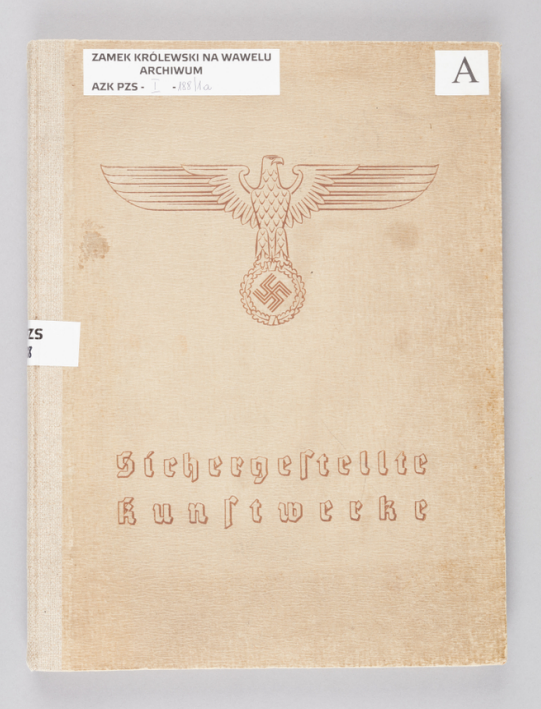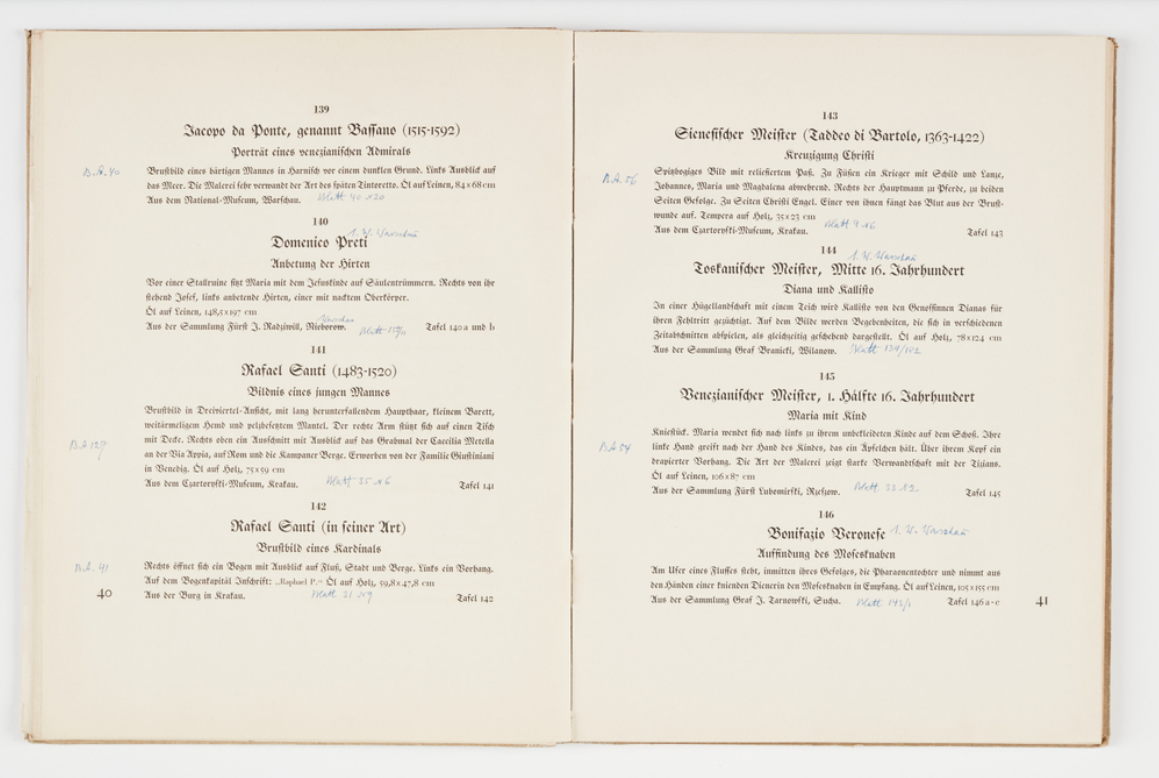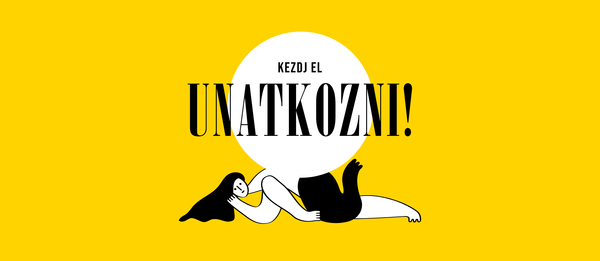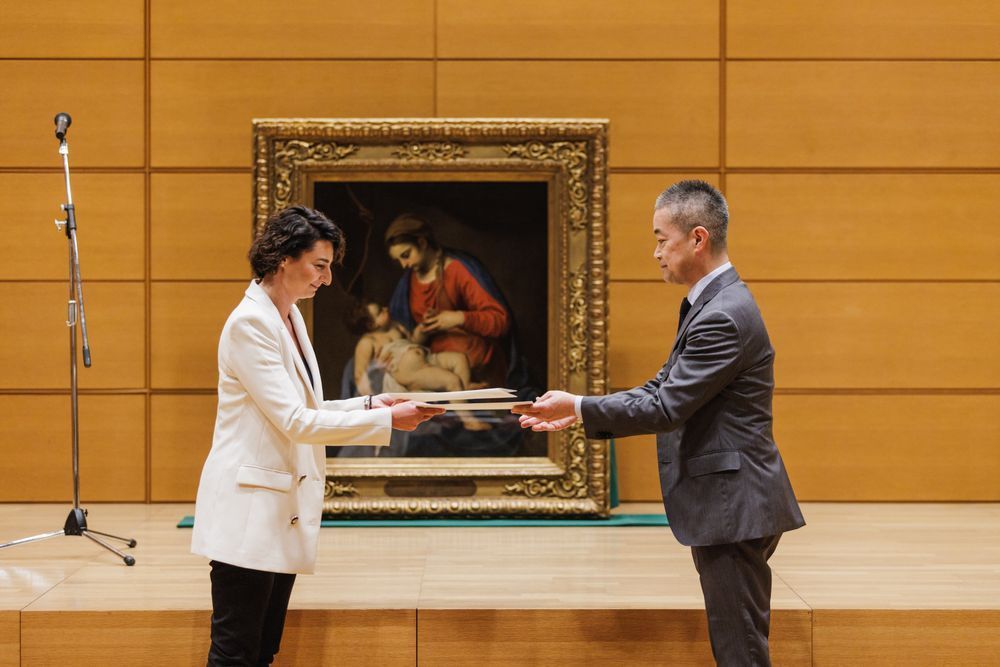There are a growing number of similar cases where works of art with an obscure past are put up for auction, where the truth about their past comes to light.
Alessandro Turchi’s Maria with Child, a 16th-century painting, was returned to Poland from Japan under an agreement between the two countries. The work turned up at an auction in Tokyo last year, where its dubious provenance was revealed. It is not clear how it made its way to Japan, but it was last sold in New York in the late 1990s. Its provenance, however, has been traced back to the 18th century, when it belonged to the Polish aristocrat Stanislaw Kostka-Potocki, and by 1823 it was part of the collection of another nobleman, Henryk Ludwik Lubomirski. It disappeared from the country during the Nazi occupation during the Second World War. Fortunately, the Nazis kept an accurate record of the officially confiscated treasures—which is still extant—so that Turchi’s work could be traced back to its origins.


So far, of the approximately 660,000 works of art stolen by the Nazis between 1936 and 1946, 600 have been returned to Poland—a mere 0.9 percent. However, only 521 of these are included in the official list (pictured above). According to Agata Modzelewska, head of the relevant department at the Ministry of Culture, the situation has started to improve in recent years. More and more works stolen by the Nazis are being auctioned off, as the dark past of the paintings is slowly being forgotten over the decades. Here, however, they are exposed during the examination and the experts contact the relevant authorities in the country of the original owner. But it is not only the treasures stolen by the Nazis that are being reclaimed by their original owners: there are also growing demands for restitution by formerly colonized or otherwise occupied and plundered countries, with Greece, Africa, India, and Mexico investing considerable resources in recovering their art.
Source: Artnews
Cover Photo: kultura_gov_pl/Twitter

One day with Martin Lukáč in Prague

The coolest university campuses in the region | TOP 5










